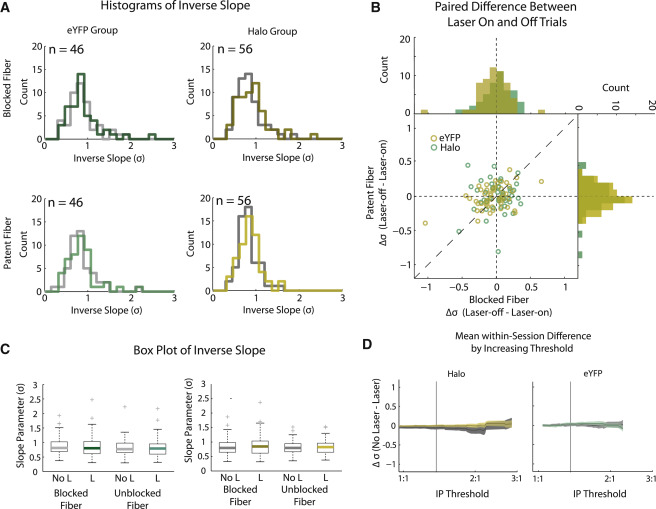Our official English website, www.x-mol.net, welcomes your feedback! (Note: you will need to create a separate account there.)
Lateral Orbitofrontal Inactivation Dissociates Devaluation-Sensitive Behavior and Economic Choice.
Neuron ( IF 16.2 ) Pub Date : 2017-Dec-06 , DOI: 10.1016/j.neuron.2017.10.026 Matthew P.H. Gardner , Jessica S. Conroy , Michael H. Shaham , Clay V. Styer , Geoffrey Schoenbaum
Neuron ( IF 16.2 ) Pub Date : 2017-Dec-06 , DOI: 10.1016/j.neuron.2017.10.026 Matthew P.H. Gardner , Jessica S. Conroy , Michael H. Shaham , Clay V. Styer , Geoffrey Schoenbaum

|
How do we choose between goods that have different subjective values, like apples and oranges? Neuroeconomics proposes that this is done by reducing complex goods to a single unitary value to allow comparison. This value is computed "on the fly" from the underlying model of the goods space, allowing decisions to meet current needs. This is termed "model-based" behavior to distinguish it from pre-determined, habitual, or "model-free" behavior. The lateral orbitofrontal cortex (OFC) supports model-based behavior in rats and primates, but whether the OFC is necessary for economic choice is less clear. Here we tested this question by optogenetically inactivating the lateral OFC in rats in a classic model-based task and during economic choice. Contrary to predictions, inactivation disrupted model-based behavior without affecting economic choice.
中文翻译:

眶额外侧失活使贬值敏感性行为和经济选择分离。
我们如何在主观价值不同的商品(如苹果和橙子)之间进行选择?神经经济学建议,这是通过将复杂商品减少到一个单一的单位价值以进行比较来完成的。此值是根据商品空间的基础模型“即时”计算得出的,从而可以做出满足当前需求的决策。这被称为“基于模型的”行为,以将其与预定的,习惯性的或“无模型的”行为区分开。眶额叶外侧皮质(OFC)支持大鼠和灵长类动物的基于模型的行为,但是尚不清楚OFC是否为经济选择所必需。在这里,我们通过在经典的基于模型的任务中以及在经济选择过程中,通过光遗传学灭活大鼠的外侧OFC来测试此问题。与预测相反,
更新日期:2017-11-19
中文翻译:

眶额外侧失活使贬值敏感性行为和经济选择分离。
我们如何在主观价值不同的商品(如苹果和橙子)之间进行选择?神经经济学建议,这是通过将复杂商品减少到一个单一的单位价值以进行比较来完成的。此值是根据商品空间的基础模型“即时”计算得出的,从而可以做出满足当前需求的决策。这被称为“基于模型的”行为,以将其与预定的,习惯性的或“无模型的”行为区分开。眶额叶外侧皮质(OFC)支持大鼠和灵长类动物的基于模型的行为,但是尚不清楚OFC是否为经济选择所必需。在这里,我们通过在经典的基于模型的任务中以及在经济选择过程中,通过光遗传学灭活大鼠的外侧OFC来测试此问题。与预测相反,



























 京公网安备 11010802027423号
京公网安备 11010802027423号